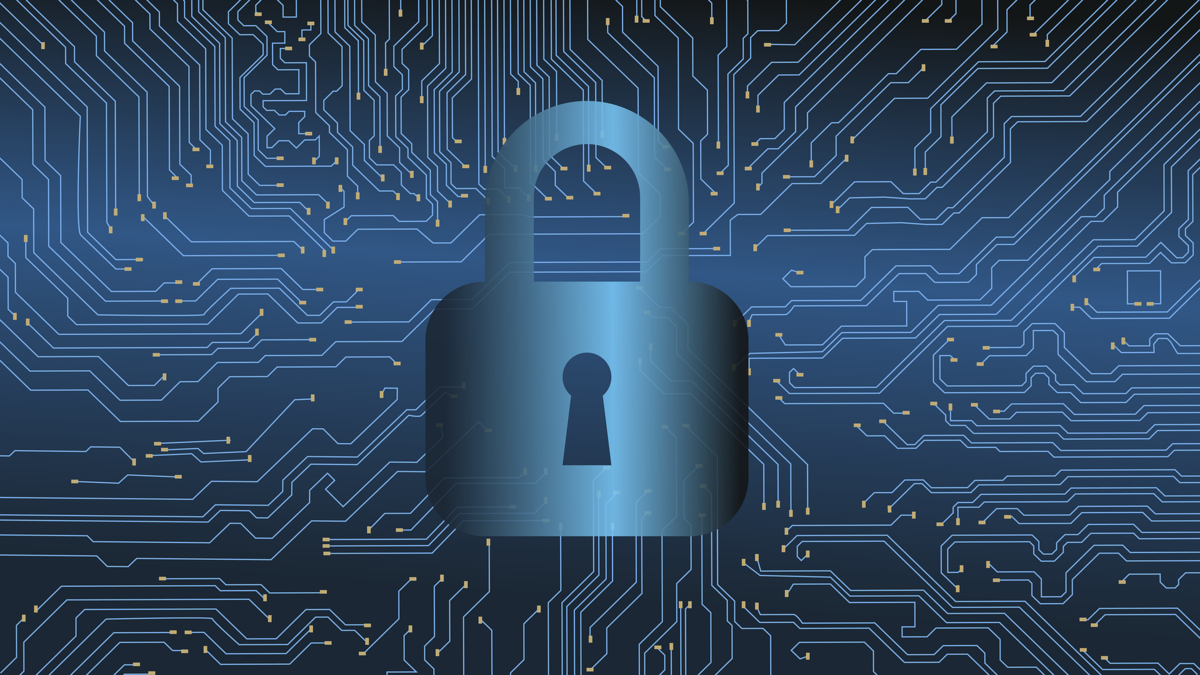Working from home can increase your employees’ productivity in various industries.
Known as the ability to work from anywhere, anytime, remote work was a full-on global work movement even before the coronavirus pandemic forced many to work from their homes.
According to an estimate in Forbes in 2018 Europe’s remote workers have grown from 7.7 percent to 9.8 percent in the past decade. Providing employees with the flexibility to work where and when they want cuts across all industries and company sizes.
Many of today’s top companies offer full, half, or partial remote work. Working remotely doesn’t always mean “from home,” either; it can apply anytime an employee works off-site—whether that’s at a coffee shop or a flexible workspace.
Here are some ideas how to work remote with more efficiency:
Take breaks
The most effective way for remote employees to stay productive, was to take breaks. Office workers took shorter breaks than remote workers, though longer breaks have been shown to increase productivity.
Encourage your workers to get up every so often during the workday, to grab a healthy snack, walk around their home, call a friend, meditate, etc
Follow a schedule
The second most popular way employees stay productive at home is having set work hours. Following a routine will helps feel more structured and efficient, and it will help keep attention focused.
Keep a to-do list
Keeping a to-do list helped their productivity.
Eliminate distractions
Remote workers have less distractions than office workers.
Benefits of working remotely
One of the biggest benefits that employees gain through working remotely is that they no longer have to commute to work. Commuting has led at least 1 in 4 respondents to quit their job.
Technology will continue to connect us as employees and businesses across time zones and continents. We all may not be physically in the same room, but work can be just as effective, if not more so, than the traditional working model.
It’s time for employers and employees alike to embrace the new world of work and to consider the benefits of working remotely. But we must not forget about cybersecurity. Protect your business with the right technology.
The Zero Trust cybersecurity model has steadily gained traction as a cybersecurity model over the past two decades.
What is Zero Trust?
The Zero Trust model is based on the idea that no one should automatically be trusted – either from inside or outside a network – until their identity has been fully verified.
That means authentication is required before users are given access to resources, even if those users are employees already inside a network.
A Zero Trust methodology means treating every identity and every device as a potential threat, which has proven effective in reducing security risks and preventing data breaches.
HashiCorp has a slogan – Trust Nothing. Authenticate and Authorise Everything. This is the key to HashiCorp’s security model, including HashiCorp Vault: in order for any machine or user to do anything, they must identify who or what they are—and have a trusted source vouch for them, in a process we call authentication—which then defines, through policies, what they’re allowed to do—in a process, we call authorisation.
HashiCorp Vault provides an automated workflow for both people and machines to centrally manage access to credentials and encrypt sensitive data through a single API.
Companies use different identity platforms for federated systems of record, and HashiCorp Vault leverages these trusted identity providers as the foundation of this identity-based access and security.
Protect your business and ask us more about Zero Trust solution and HashiCorp Vault!







